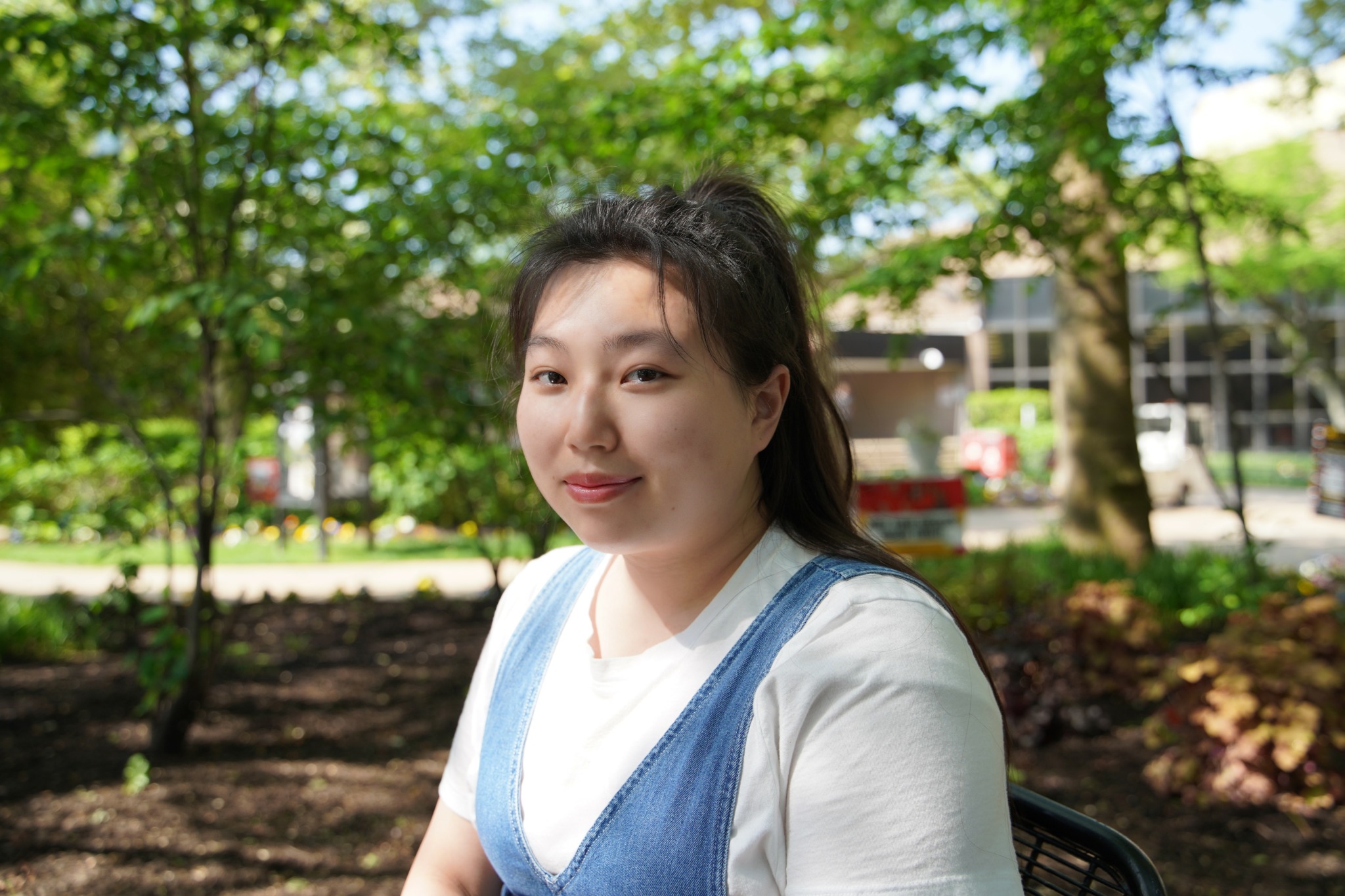We were lucky to catch up with Tracy Tse recently and have shared our conversation below.
Tracy, looking forward to hearing all of your stories today. Are you happier as a creative? Do you sometimes think about what it would be like to just have a regular job? Can you talk to us about how you think through these emotions?
I do enjoy being an artist, and I feel incredibly fortunate to live a creative life. However, like any artist, I have moments of doubt. My resolve shakes when the creative fatigue and physical exhaustion of doing everything alone become unbearably taxing, or when the financial realities of being an artist weigh on me. The truth of being an artist isn’t just about making art; it’s about learning to juggle a dozen tasks and wear many hats. I’m not just an artist; I’m my own team. I’m the photographer, editor, web designer, marketer, writer, administrator, and the list goes on. None of this is glamorous.
At times, I catch myself staring at my laptop, wondering if a regular job would offer more stability or clarity. Some days, it feels like I’m doing everything except the one thing I love, making art. However, I keep moving forward, learning as I go, because this is what it takes to carve out a space for my work in the world.
Awesome – so before we get into the rest of our questions, can you briefly introduce yourself to our readers.
Artist Statement There’s no substitute for the skill of the human eye and hands.
I’m a third generation tailor who grew up in a tailoring business. Like many family-run businesses, I started helping out at a young age, where I picked up the skills in mending and tailoring that were passed down through generations. Over the years, those skills now live in my art, transformed but never forgotten.
In my current work, I have been incorporating plarn (plastic made into yarn) to construct large-scale sculptures that protrude from the wall. Each piece is completed through a combination of labor-intensive repetition of sewing, knitting, crocheting, weaving, braiding, traditional knotting, and other techniques to sculpt. The assortment of techniques demonstrates the collaborative stretch across generations. Mastering techniques, researching, and experimenting are part of my art practice to showcase the essence of generations striving for improvements in technique, execution, and creativity.
My work honors the human touch and the quiet collaboration between generations from past to present. The act of redoing, refining, and relearning binds generations in shared purpose. Machines don’t negate human involvement in creating. Many things still require hand finishing or someone to operate a machine.
In your view, what can society to do to best support artists, creatives and a thriving creative ecosystem?
Art flourishes when society stops viewing it as a luxury and starts valuing it as an integral part of life’s infrastructure. It’s all around us, incorporated into everything we see and use. Nothing is accidental; everything is intentionally designed. Though often overlooked and go unnoticed daily, these designs shape the world we live in. The most meaningful way to support artists is by noticing and appreciating the small, beautiful details in everyday life. These simple acts of awareness nurture a creative mindset and deepen our connection to art.
What’s the most rewarding aspect of being a creative in your experience?
Creativity begins as a whisper, an emotion, a question, or a vision that exists only in the heart or mind. The reward lies in materializing the intangible and the ongoing conversation between the creator, their work, and the world. I find unique satisfaction in shaping something that resonates beyond myself.
Contact Info:
- Website: https://tsetracy.wixsite.com/domain
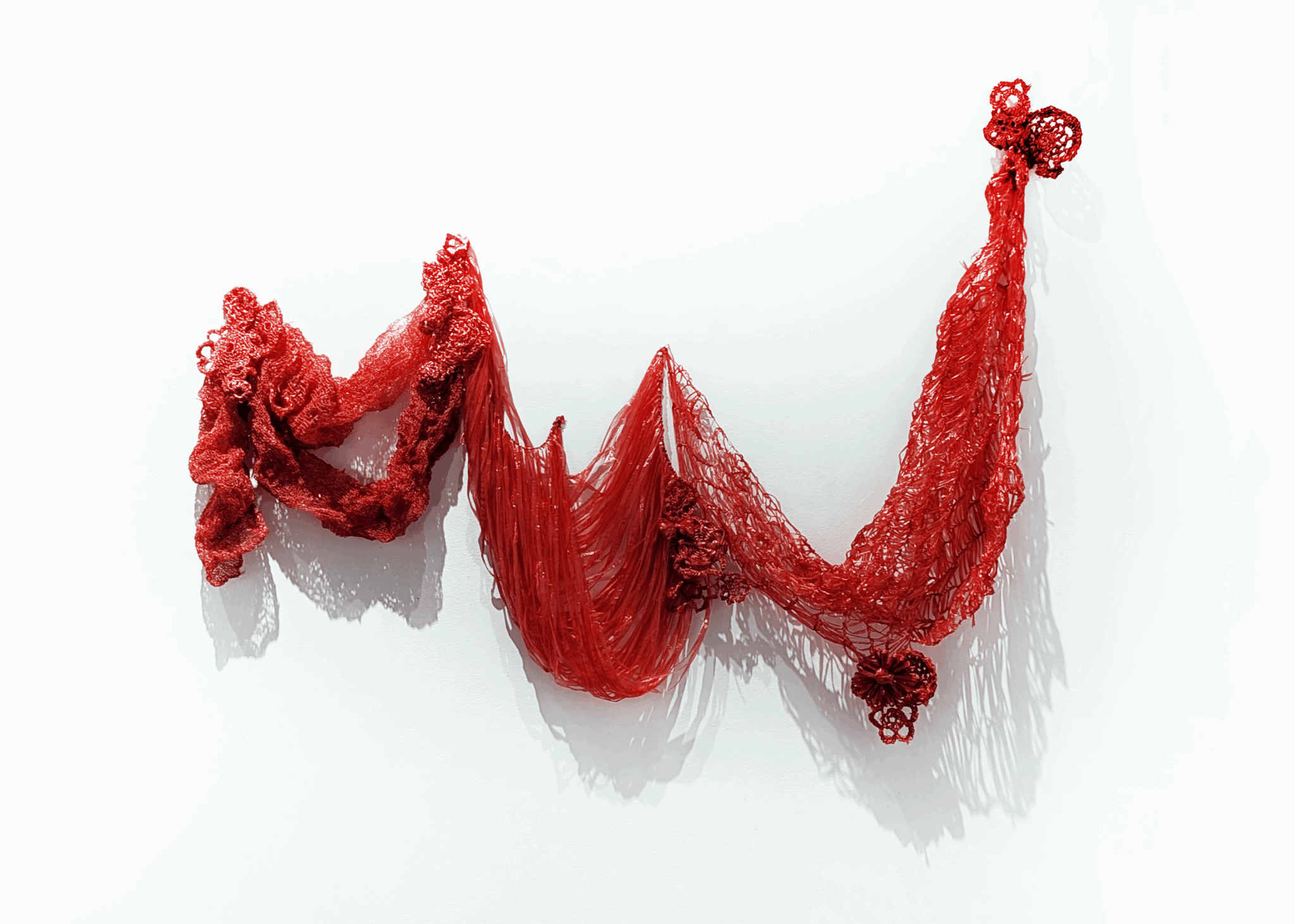
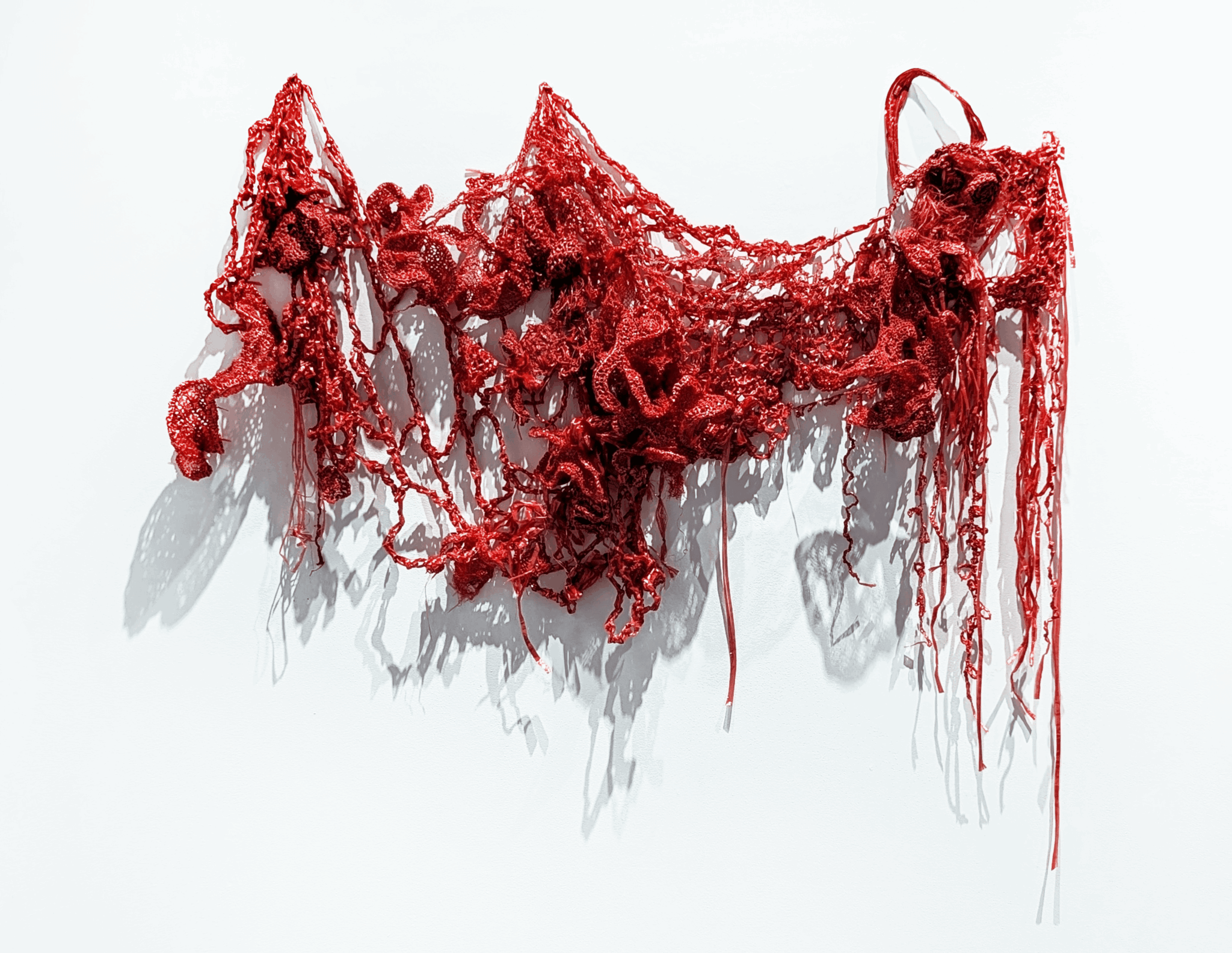

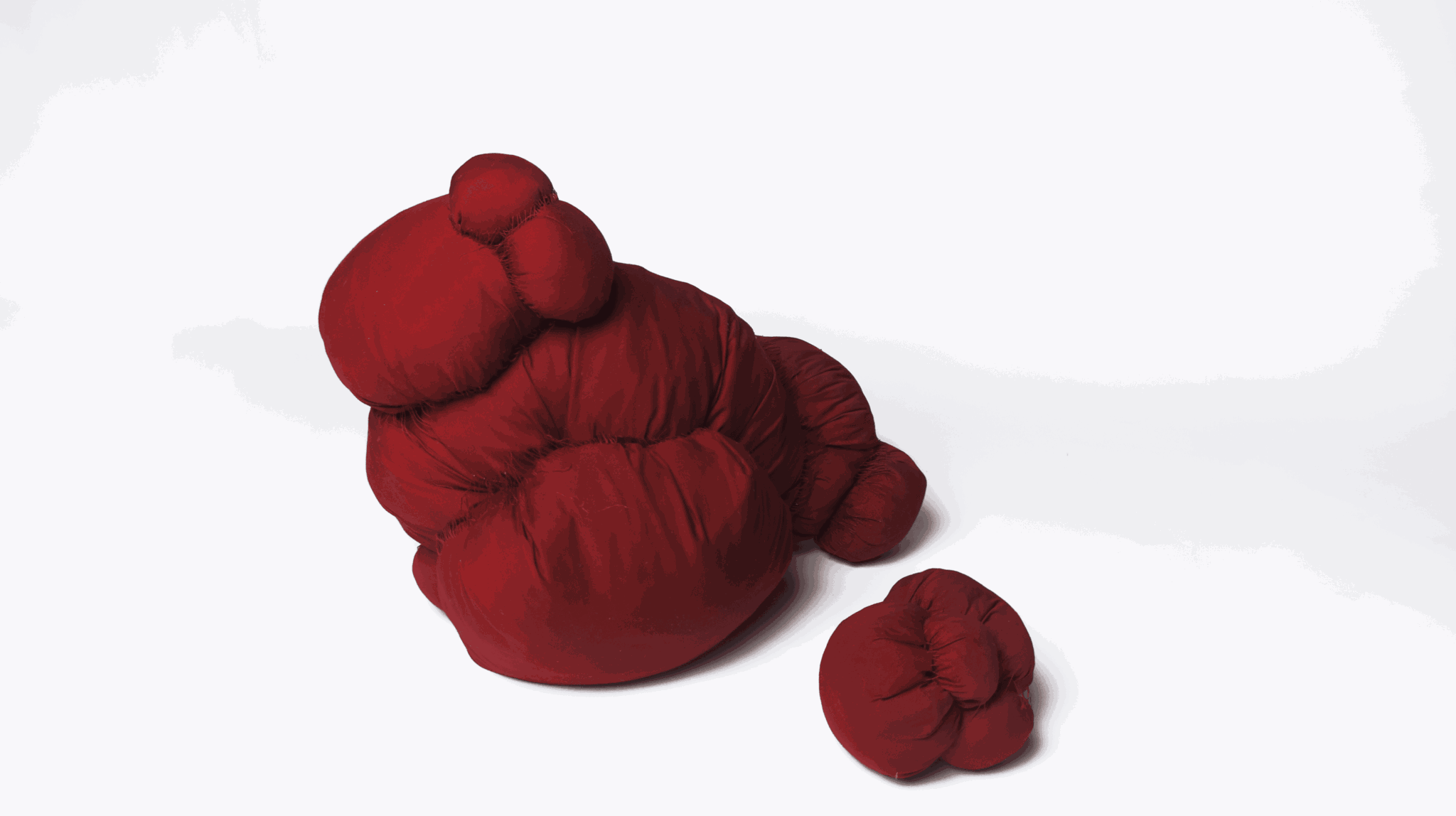
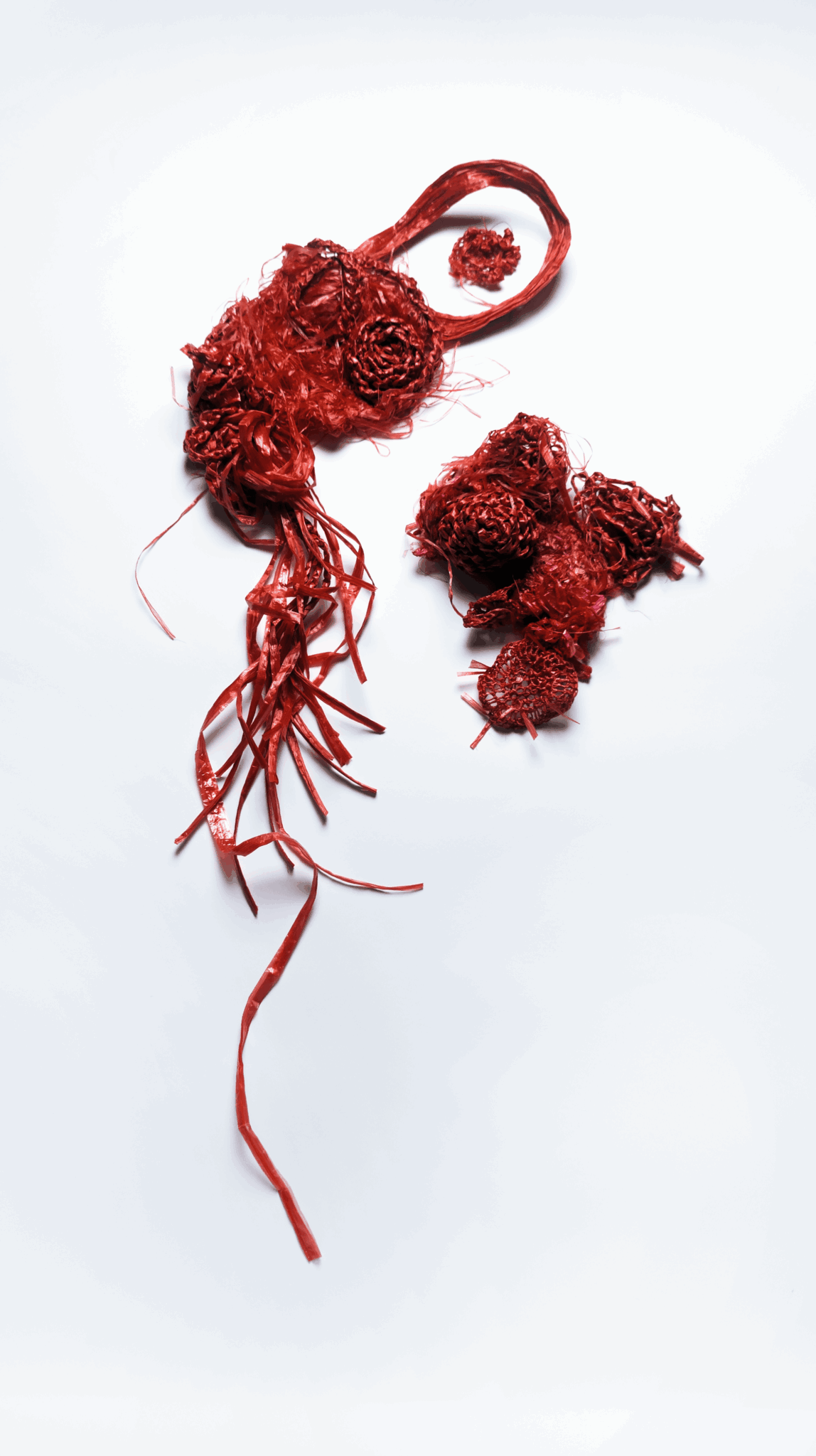
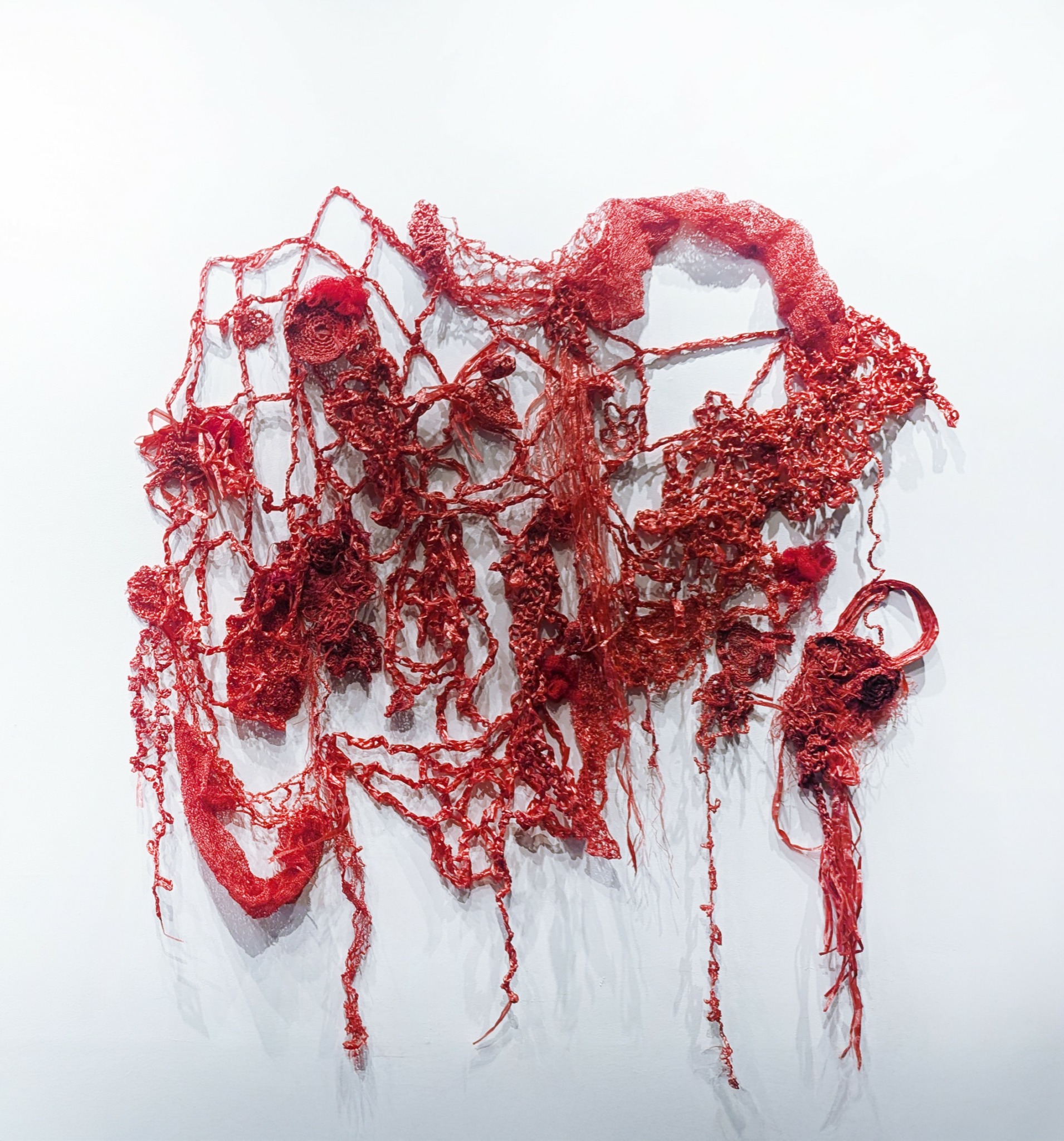
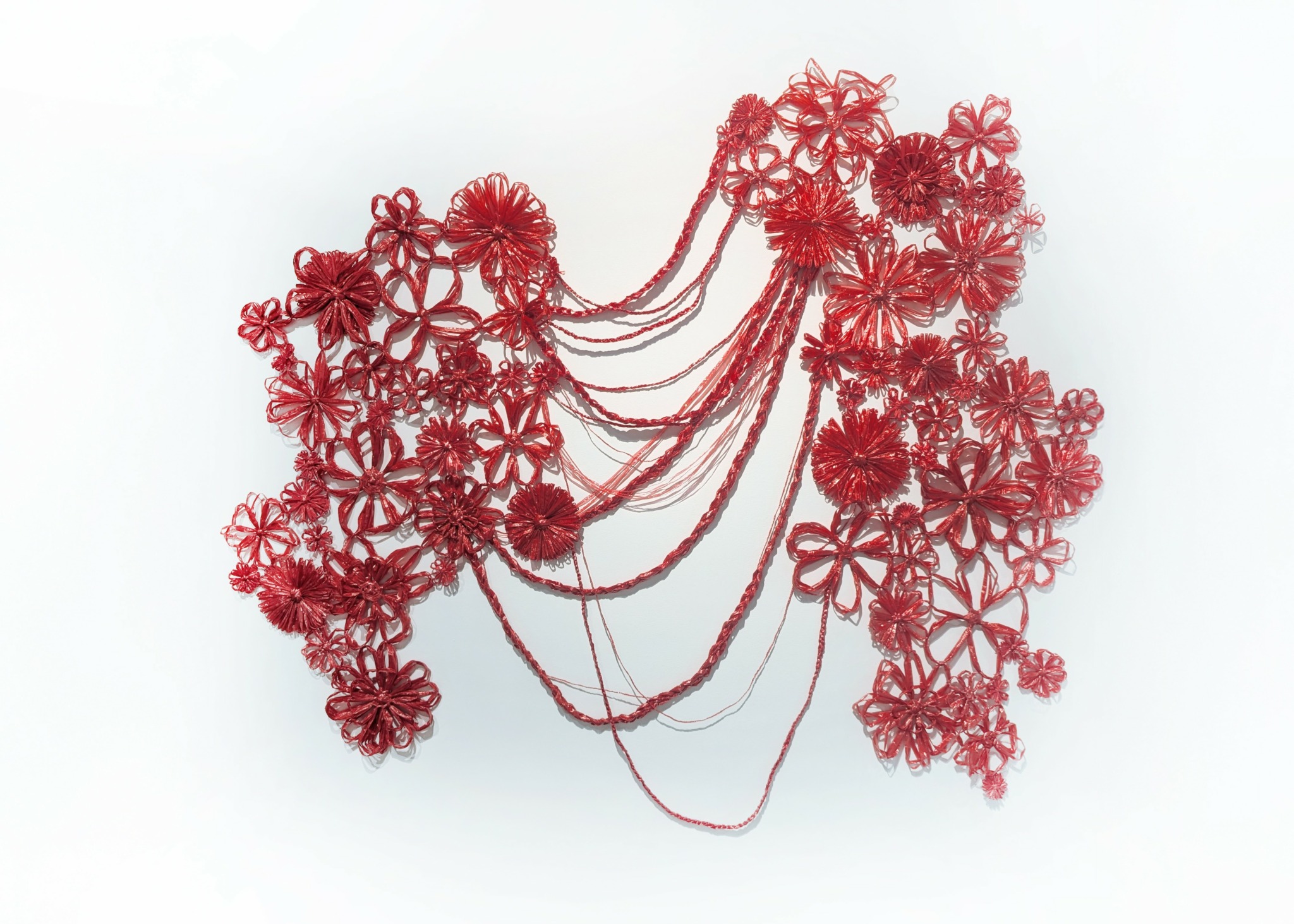
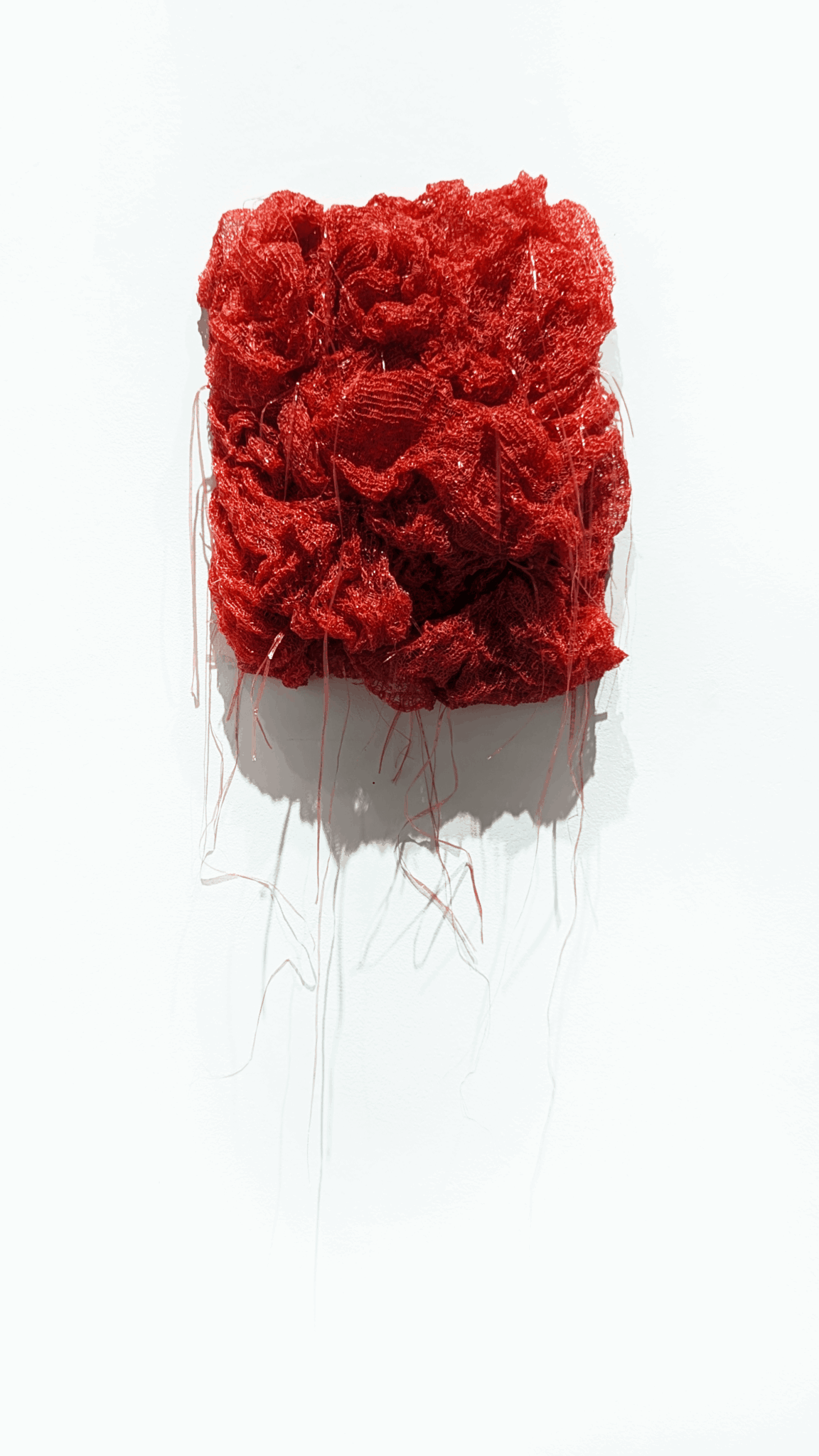
Image Credits
Personal Photo taken by Christina Lynn.


